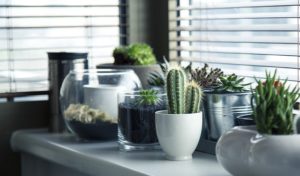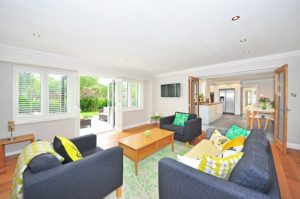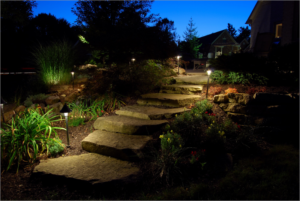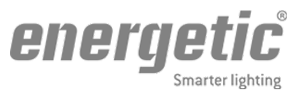 If your Scottsdale home has an indoor garden, you’d know that artificial lighting is all-important in the trade. With or without natural sunlight, you just can’t pass on grow lights without risking your plants’ growth and overall health. And, with the vastness of technology both current and past, there are just too many options to choose from. Among these, however, one particularly stands out at the cutting edge – the LED light bulb.
If your Scottsdale home has an indoor garden, you’d know that artificial lighting is all-important in the trade. With or without natural sunlight, you just can’t pass on grow lights without risking your plants’ growth and overall health. And, with the vastness of technology both current and past, there are just too many options to choose from. Among these, however, one particularly stands out at the cutting edge – the LED light bulb.
LED light bulbs are a relatively recent addition to the array of lamp options with a lot of advantages over their predecessors. While they might cost a pretty penny at first, they more than make up for it in the long run. Here are some reasons why:
1. They’re the Most Cost-efficient of the Bunch
Despite LED lights being pricier upon purchase, they cost a lot less to maintain and provide much more bang for your buck than older bulb types can. To start, wattage for LEDs is a lot less compared to its competitors at about only 6-8 watts per bulb. Also, typical LED light bulb lasts an average of 50,000 hours. That’s at least thrice as long as the next best thing – fluorescent lights – at 8,000 hours. These just mean that you pay much less for much more light, and who wouldn’t want that?
2. They have Superior Color Variety
For plants to grow, they need more than just one color of light. You need blue light for foliage and vegetative growth and red light for flowering or fruiting. A balance of these wavelengths is necessary for your plants to grow as best as they can. LED lights come in precisely these colors and can be configured later on, fulfilling your plants light needs excellently. While older bulb types may likewise have color variations, they just can’t offer you the flexibility and variety that LED technology can.
3. They Emit Less Heat
There are a number of reasons why it’s invaluable that you use lights that emit as little heat as possible in indoor gardening. For one, plants are particularly sensitive and vulnerable to heat. The adverse effects of high temperatures on plants include leaf burn and less-yield among others. Another reason is that optimal use of space is the hallmark of indoor gardening. Using higher-temperature bulbs, however, require that you place them further away from the plants – forcing you to use more space.
LED lights emit a lot less heat compared to older bulb types. Incandescent bulbs emit an average of 85 BTU’s an hour while fluorescent bulbs emit 30. LED light bulbs, on the other hand, emit only 3.4 BTU’s an hour. There really is no comparison.
4. They Come in More Shapes and Sizes
When you’re limited in space, it’s vital that you have as much control over this space as possible. LED light bulbs come in sizes much smaller than older bulb types, giving you much more flexibility and control in designing your lighting systems.
Take color configuration, for example. You’re going to need a specific blue-red-green ratio in your lighting system. Using smaller bulbs allows for an unprecedented control over the amounts of each color in your lighting. When you have an overall amount of light in mind, working with small LED bulbs makes for precision in your color ratio.
Smaller bulbs in your grow light system also let you place them in more specific positions around a plant. You may want to, for example, place them in strategic spots so that all parts of all leaves are illuminated sufficiently. You may also install the bulbs in a creative pattern, making design more than just strategy. There really is no limit on positioning possibilities with the bulb sizing only LED can provide.
The times are a-changin’, and LED light bulbs are quickly becoming the brighter future for indoor gardening.


 Apartment Lighting
Apartment Lighting Area Lighting
Area Lighting Automotive Lighting
Automotive Lighting Building Wall Pack Lighting
Building Wall Pack Lighting Canopy Lighting
Canopy Lighting High & Low Bay Lighting
High & Low Bay Lighting Industrial Lighting
Industrial Lighting Parking Lots & Garages
Parking Lots & Garages Pathway Lighting
Pathway Lighting Retail Lighting
Retail Lighting Stairwell Lighting
Stairwell Lighting























